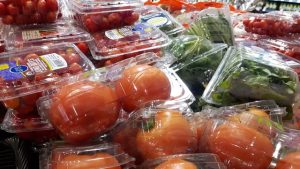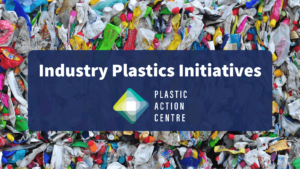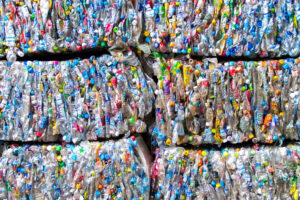The plight of plastic in the ornamental sector
Consumers may want to see less plastic in their ornamental products, but eliminating it may not be the answer.
Whether it’s pots, trays or wraps, single-use plastic is becoming a mounting concern for growers, retailers and the end consumer. This is not a new challenge for the industry as discussions around more sustainable solutions have been ongoing for the past decade. However, the conversation has become amplified lately as Canadians have grown increasingly aware of their plastic waste.
Each year, the horticulture industry sells its products in single-use plastic pots, trays and wraps – the majority of which end up in landfill. Recycling programs, such as the one for horticultural plastics launched by Landscape Ontario in 2008 and run by the Canadian Nursery Landscape Association, were shut down when China closed its doors to poor quality and certain types of plastic. Other Asian countries similarly heightened their restrictions on acceptable plastic or banned plastic waste imports altogether.
Recycling single-use pots and trays in Canada is extremely challenging. Soil and debris need to be removed to prevent cross-contamination and containers have to be separated based on their various plastic films. Because the plastic makeup of standard black pots cannot be identified by near-infrared (NIR) light used at most recycling facilities, those containers cannot be sorted and recycled.
The narrative is much more extensive than simply eliminating single-use plastic. It should include the source of the product, how it is produced, and what happens to the product at the end of its life. Decowraps’ vast product selection allows their clients to connect with their customers and select materials to help them share the story. New materials are sometimes sourced to fit production needs. Current options include clear, compostable PLA made from corn, kraft paper that has been FSC-certified for sustainable production, as well as others in the works. They also offer a flexible and opaque Bio-LDPE made from sugarcane that carries the “I’m Green” seal, a recognized certification that helps the consumer identify packaging products made with bio-based resin Bio-PE, a polyethylene made from renewable resources.
The key is ensuring that adopted solutions are both economically viable and sustainable. In most cases, this may mean that growers would need to increase the price of the product. “These options may be a bit more expensive, but with the right message, consumers are open and willing to pay for these sustainable solutions,” says Johnston. “The Pöppelmann blue pots, for example, are different than other products on the market because they are made from consumer household waste. It is these types of stories that need to be shared with the end consumer to help drive the demand.”
Read the full and original article at GreenhouseCanada.com



